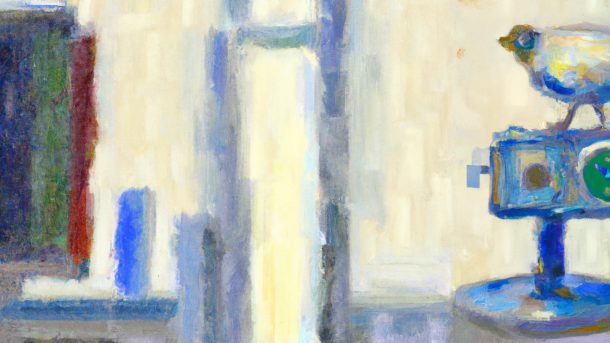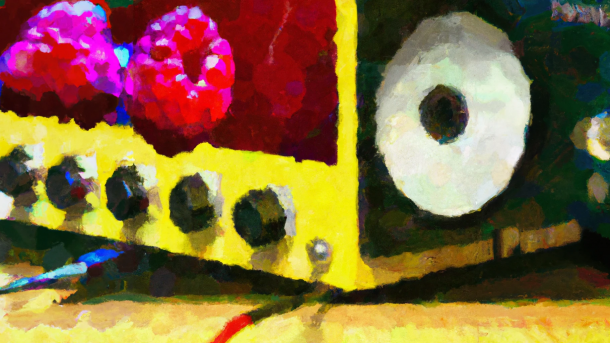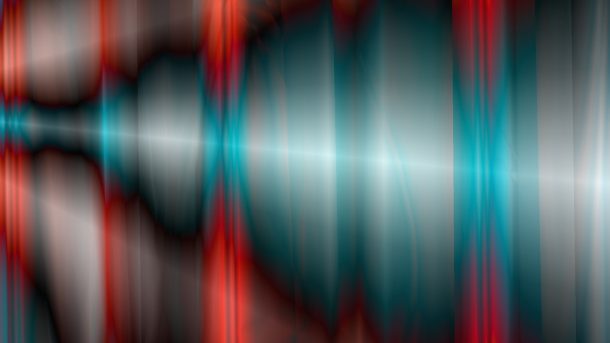t’s time to finish a project. Lately, I have been mostly interested in embedded tinkering, but I’m also fascinated by audio and DSP programming.
Continue reading...audio programming
Aioli Audiostreamer: Moving the Sound
People need projects to consume their free time. I’ve lately felt that I want to actually try finishing a project (instead of just starting them)…
Continue reading...Unit testing audio processors with JUCE & Catch2
Testing. The final frontier. Or so it often feels. It’s the place where no man boldly goes, it’s the place where they tend to crawl to...
Continue reading...






